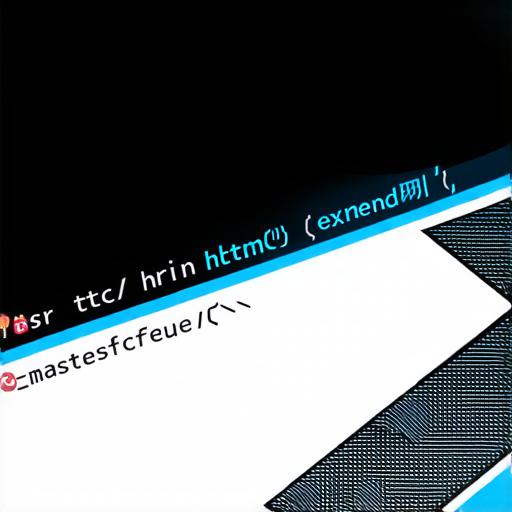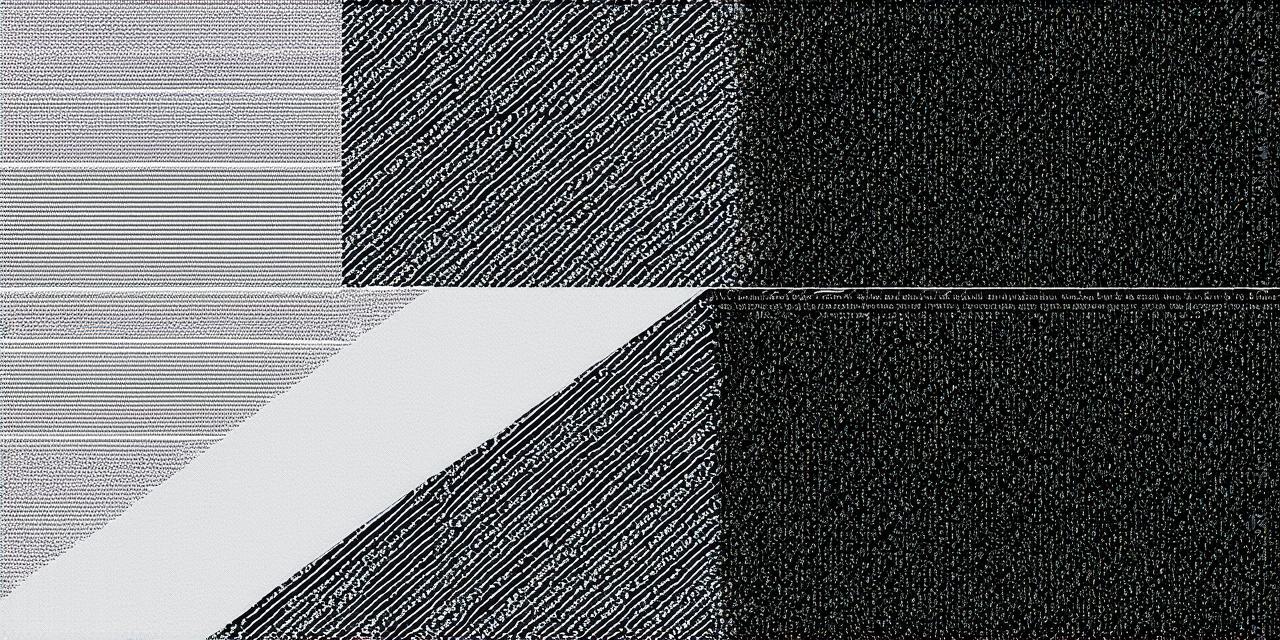In the vast landscape of web development, HTML (HyperText Markup Language) stands as an indispensable pillar. This humble programming language, born in 1991, has been instrumental in shaping the digital world we inhabit today.
HTML is akin to the skeleton of a website, providing structure and organization. Imagine building a house without a blueprint; it would be chaotic and disorganized. Similarly, HTML provides the framework for web pages, ensuring they are well-structured and navigable.

The Birth of an Era
HTML was conceived by Tim Berners-Lee, the father of the World Wide Web, as a means to structure information on the internet. Its inception marked a turning point, paving the way for the creation of dynamic, interactive websites we know today.
The Power of Simplicity
HTML’s simplicity is its greatest strength. It uses tags to define different parts of a web page, making it easy for developers to understand and manipulate content. For instance, the `
` tag denotes a heading, while `
` signifies a paragraph. This straightforward syntax allows even beginners to dive into web development without being overwhelmed.
HTML vs. CSS vs. JavaScript
While HTML provides structure, CSS (Cascading Style Sheets) and JavaScript add the aesthetic appeal and interactivity, respectively. Together, they form the trio known as the ‘Front End Web Development Trinity.’ Understanding this trinity is crucial for any aspiring web developer.
Real-life Examples
Consider a simple website showcasing a blog post. The HTML structure would include headings, paragraphs, images, and links. CSS would be used to style these elements, determining their colors, sizes, and positions. JavaScript could then add interactivity, such as dropdown menus or animations.
The Future of HTML
HTML is constantly evolving, with new versions introducing innovative features. For instance, HTML5 introduced semantic tags like `
